
When U.S. forces came to Saipan on June 15, 1944, the island’s strategic significance was clear: at just about 1,500 miles from Tokyo, it could serve as a staging ground for a full-on American attack on Japan. As LIFE pointed out in its coverage of the battle, American warships in the Pacific had to return to Hawaii – nearly 4,000 miles away – each time they needed supplies. A victory in Saipan would mean those long trips would no longer be necessary.
The problem with Saipan, for American forces, was not that victory there seemed doubtful. The problem was that it would come at a high cost. The terrain offered Japanese forces the advantage of numerous hiding places, and the ongoing fighting—the battle lasted nearly a month, by most counts, though some holdouts continued to fight much longer—concluded in suicide attacks by Japanese forces, as well as mass suicides among the civilian population.
Photographer W. Eugene Smith, one of the men sent by LIFE to capture the battle, described what he saw in a note that accompanied his photos as “some of the worst terrain that Yanks have ever been called upon to dislodge an enemy from.” Those notes were adapted into captions but not published in the magazine; they have been maintained in the decades since in the LIFE archives.

One of the most famous photographs Smith would take on this assignment—seen in the sixth slide above—was an image of American troops rescuing a baby who had been found in a cave full of dead bodies. As Smith described the discovery in his own notes, it came amidst a two-day mission during which troops searched for a cave in which scores of people were rumored to be hiding. Hours spent scouring the region produced only cave after cave of dead bodies. “The stench was vile and the flies and maggots were there by the millions,” Smith noted. “The heat was intense.”
The first living person the Americans found was the baby, “a ‘living-dead’ tiny infant” as Smith put it.
The baby had somehow become stuck, face-down on the ground, with its head behind a rock. Because the ground and the rock were not smooth, however, enough air circulated for the baby to be able to breathe. The search troops heard the baby crying, writhing on the ground struggling to free himself. “It took 5 minutes of careful removal of the dirt to free the head. [The baby] was passed down from hand-to-hand until it reached ground level,” Smith wrote. “Then it was rushed to a hospital by Jeep and we continued our search. No adults who were alive had been found.”
It was the following day that the long-sought cave was located. The American forces used smoke to flush out 122 civilians. The small number of soldiers who remained in the cave were said to have killed themselves rather than surrender.
As for the civilians, they were given water and medical attention, Smith reported. The scene, coming as it did after a grisly run of days, clearly left him with a feeling of hope that was rare in that time. “The soldiers who had lost so many comrades due to the same caves now showered them (especially the kids) with candy or anything else they had,” he wrote. “It was a magnificent example of fair play and lack of a blinding hatred such as can overcome decency and reason. This was real Americanism.”
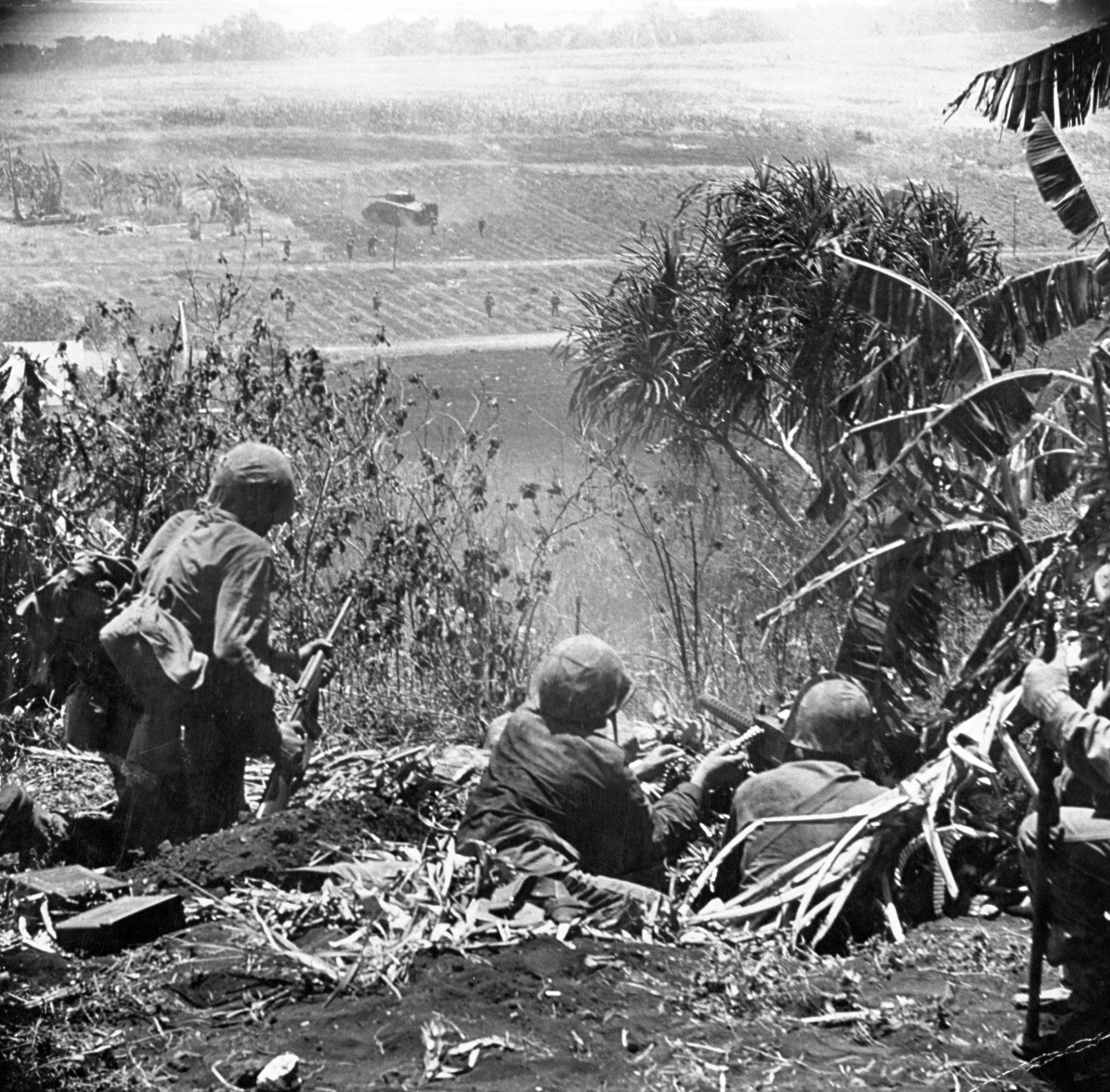


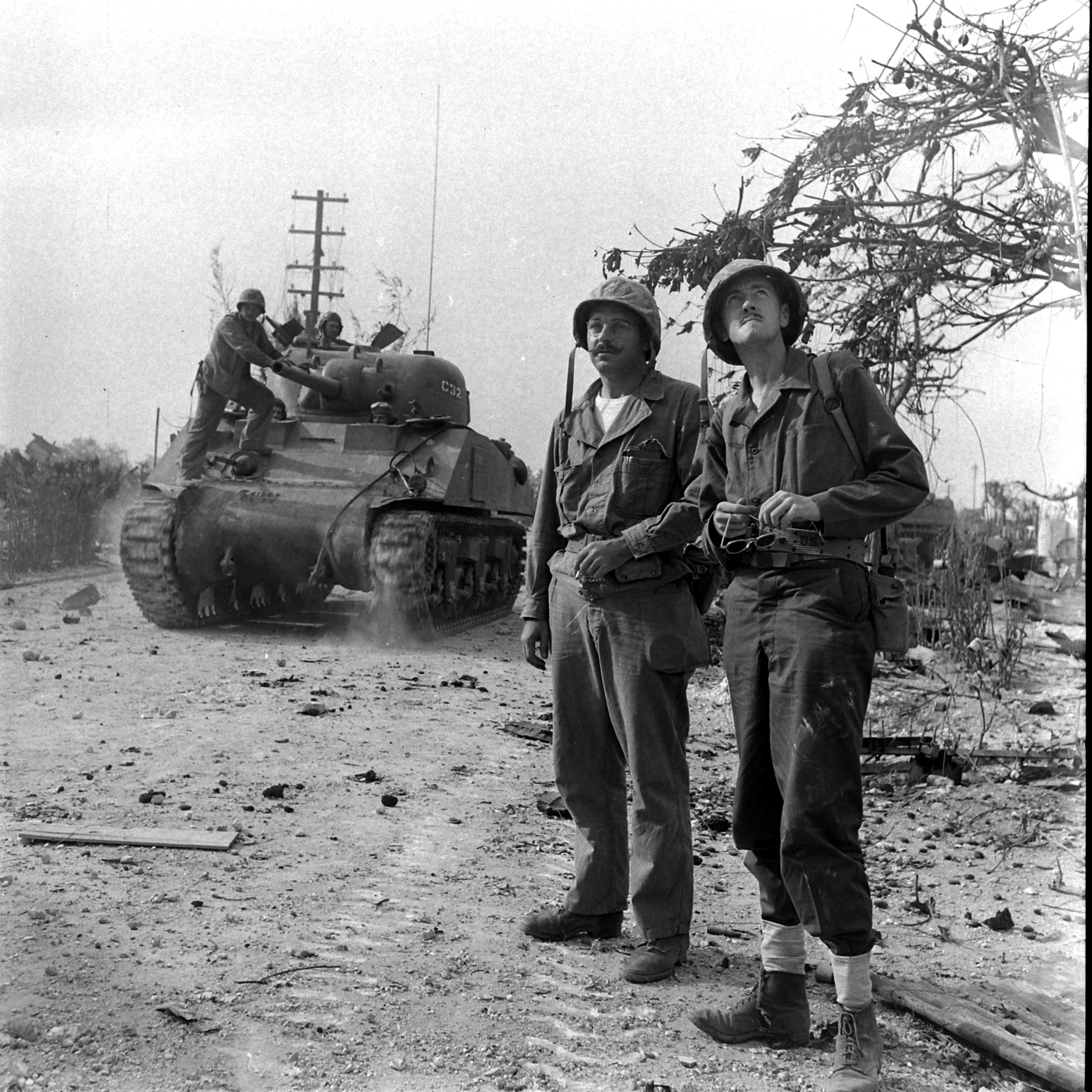



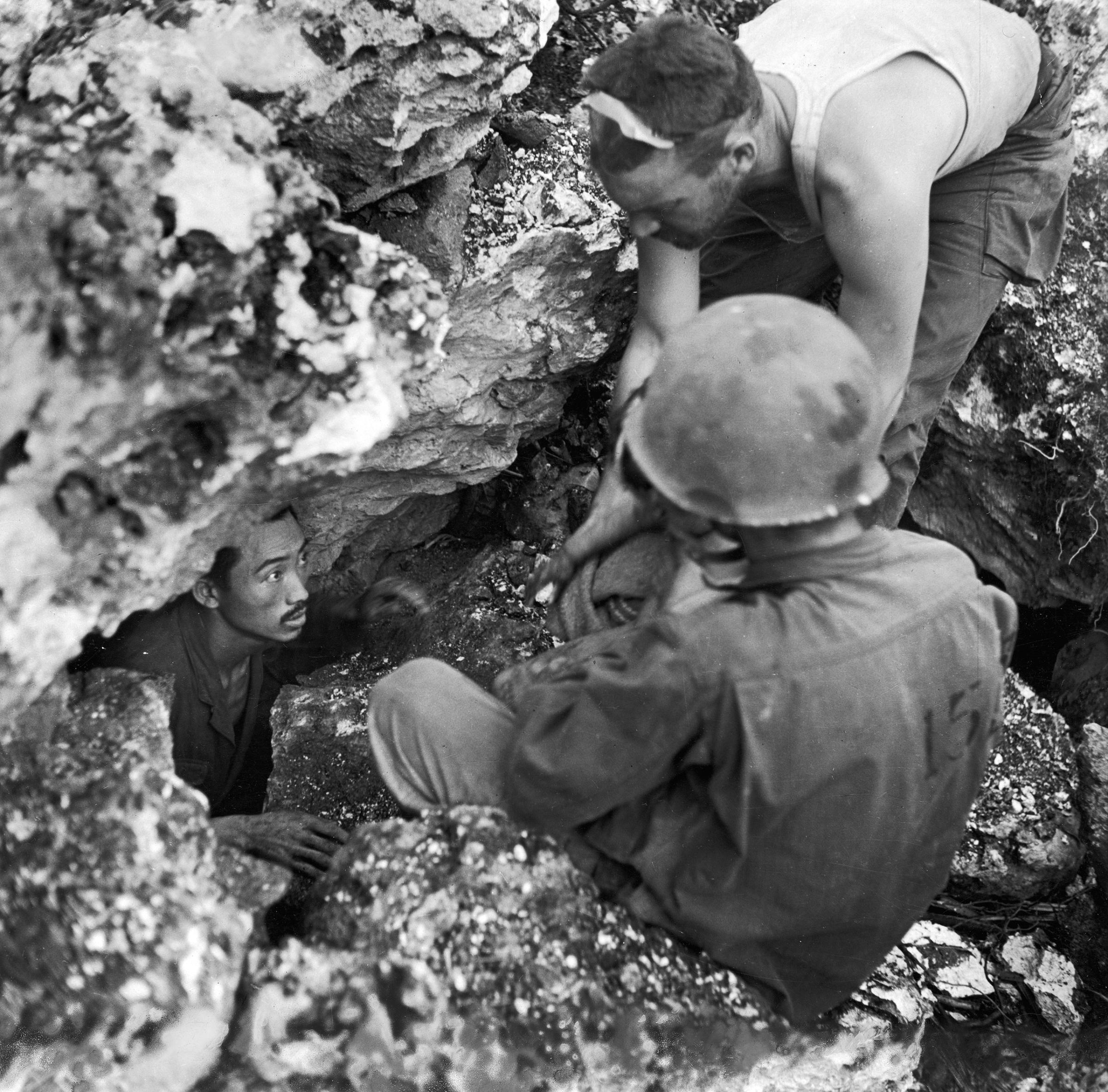

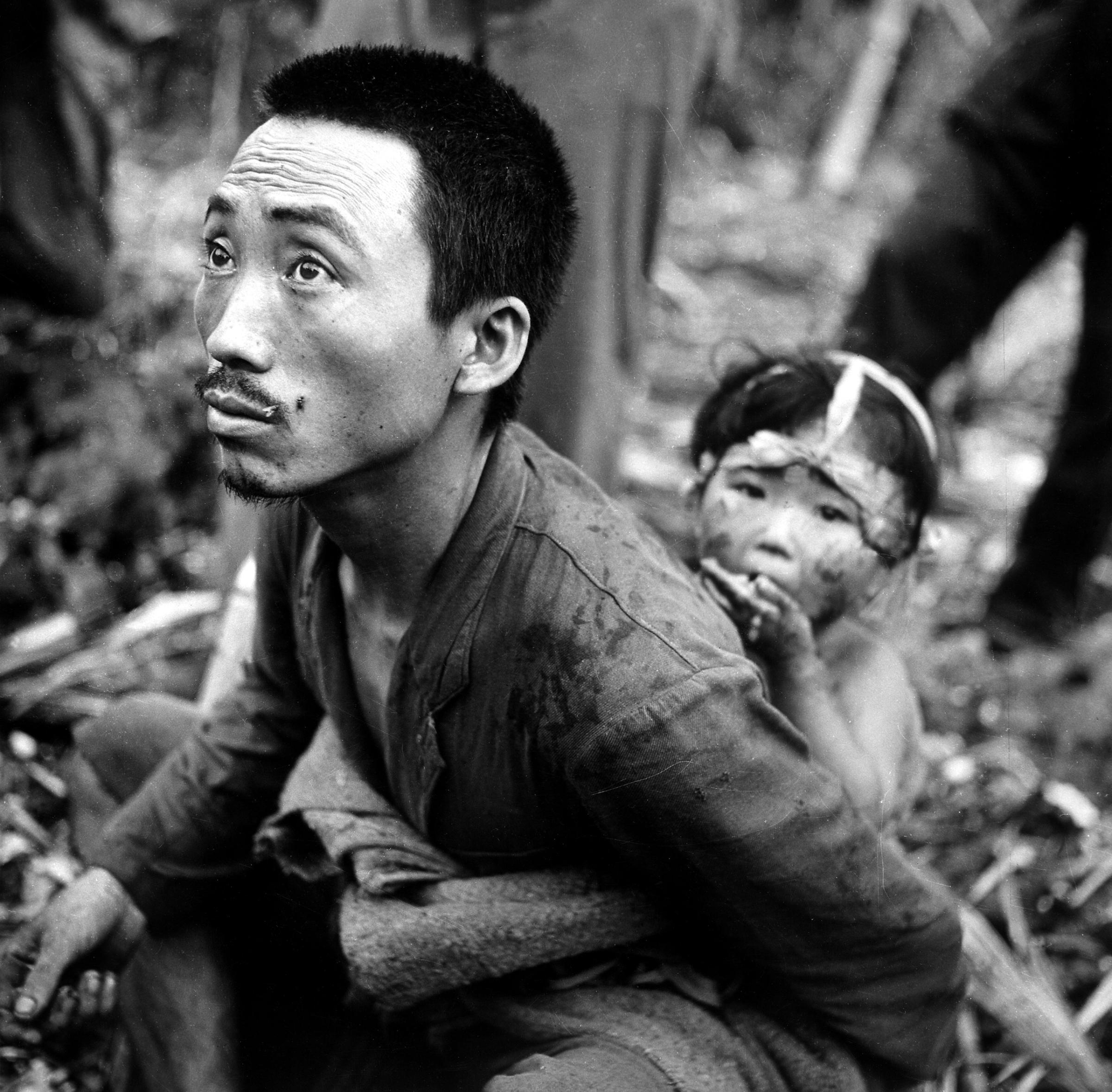


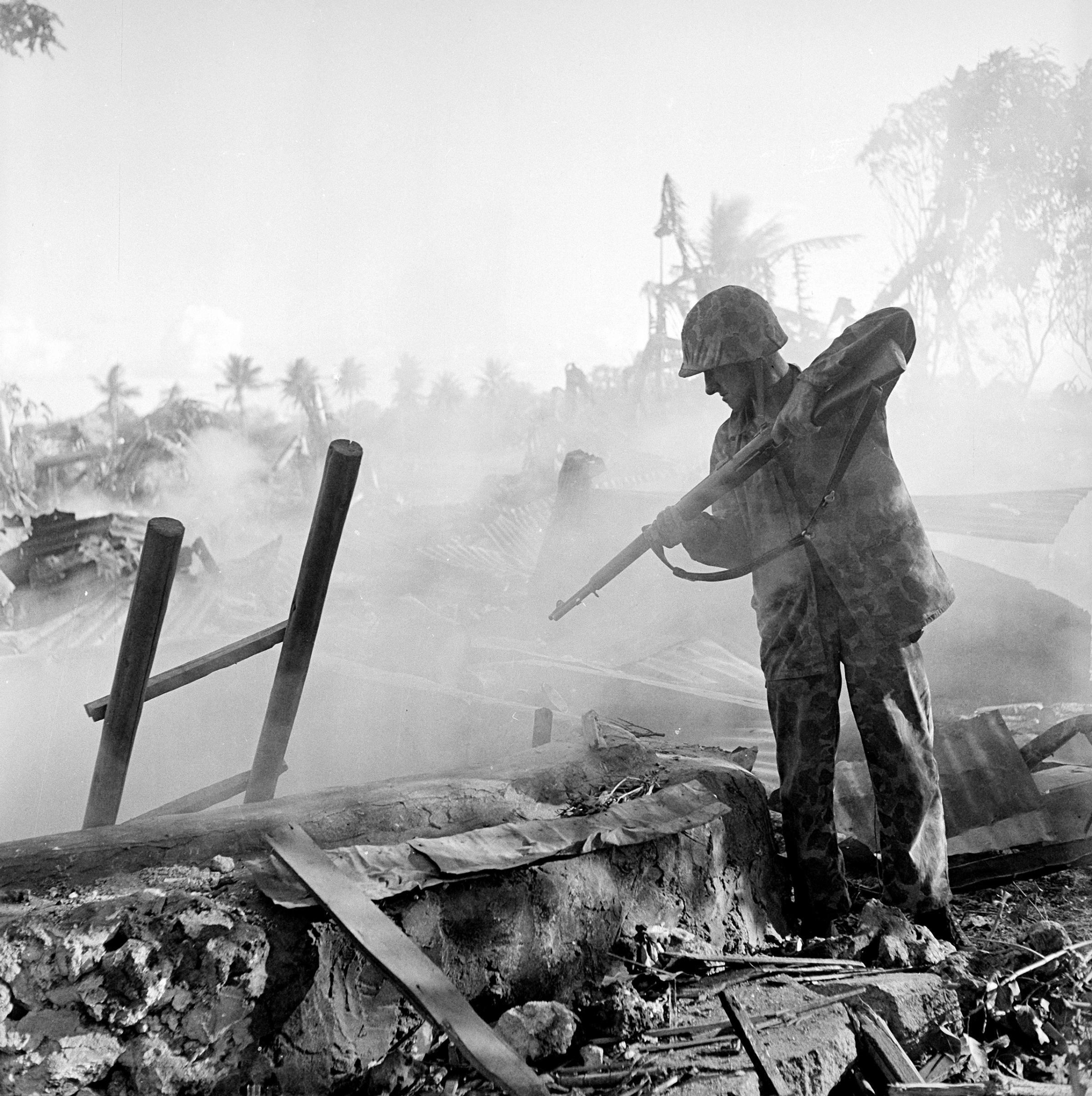
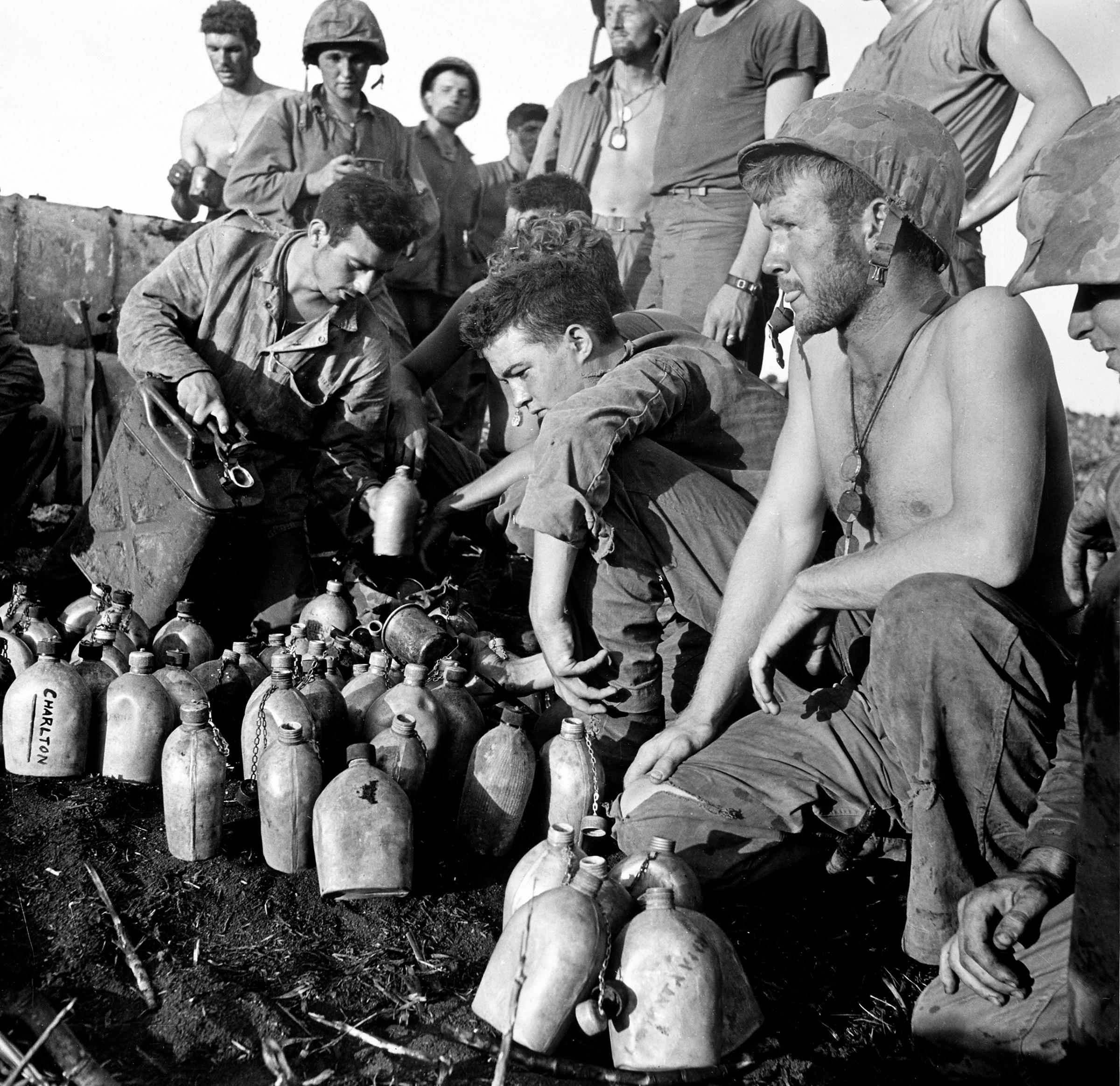

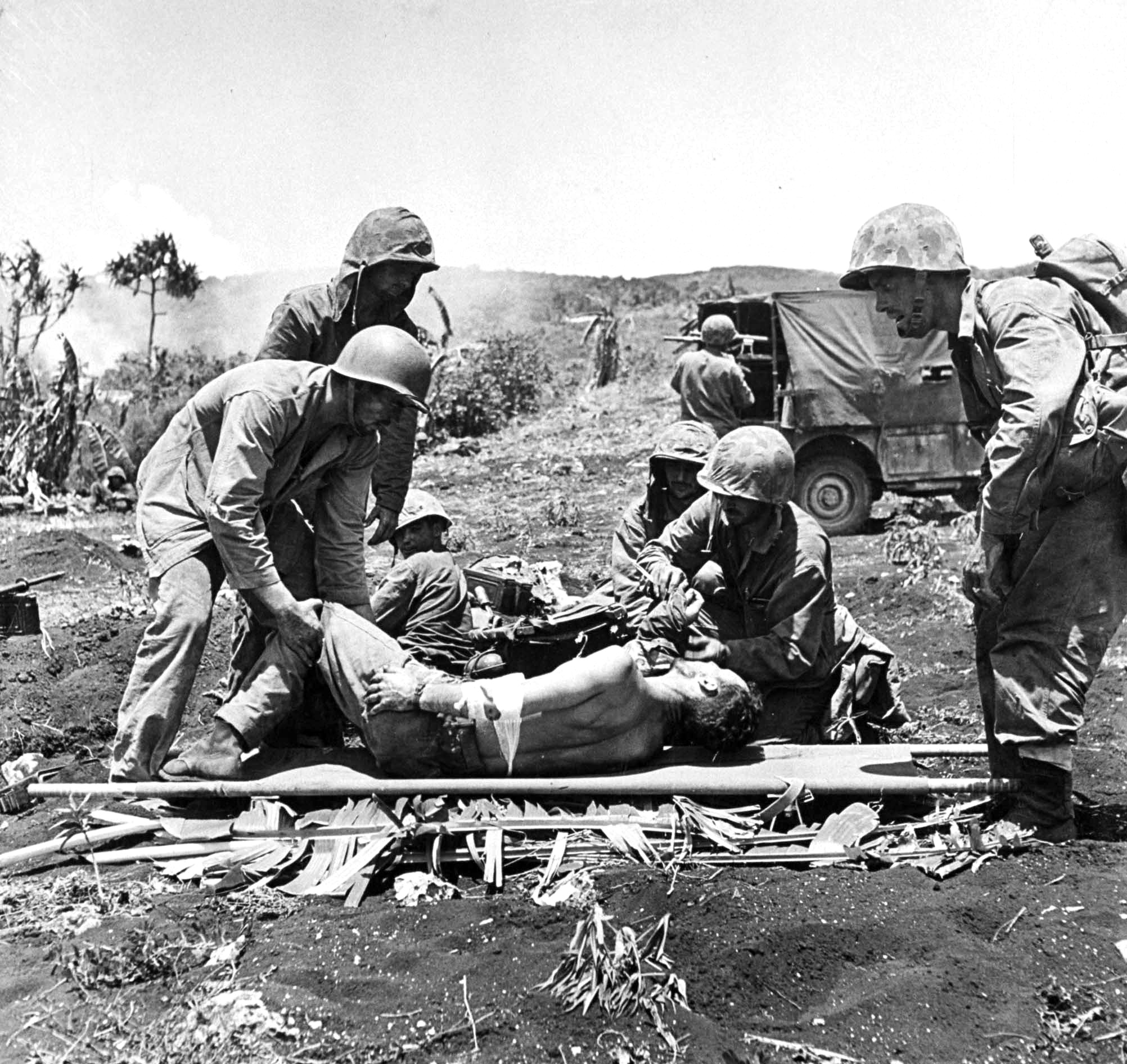
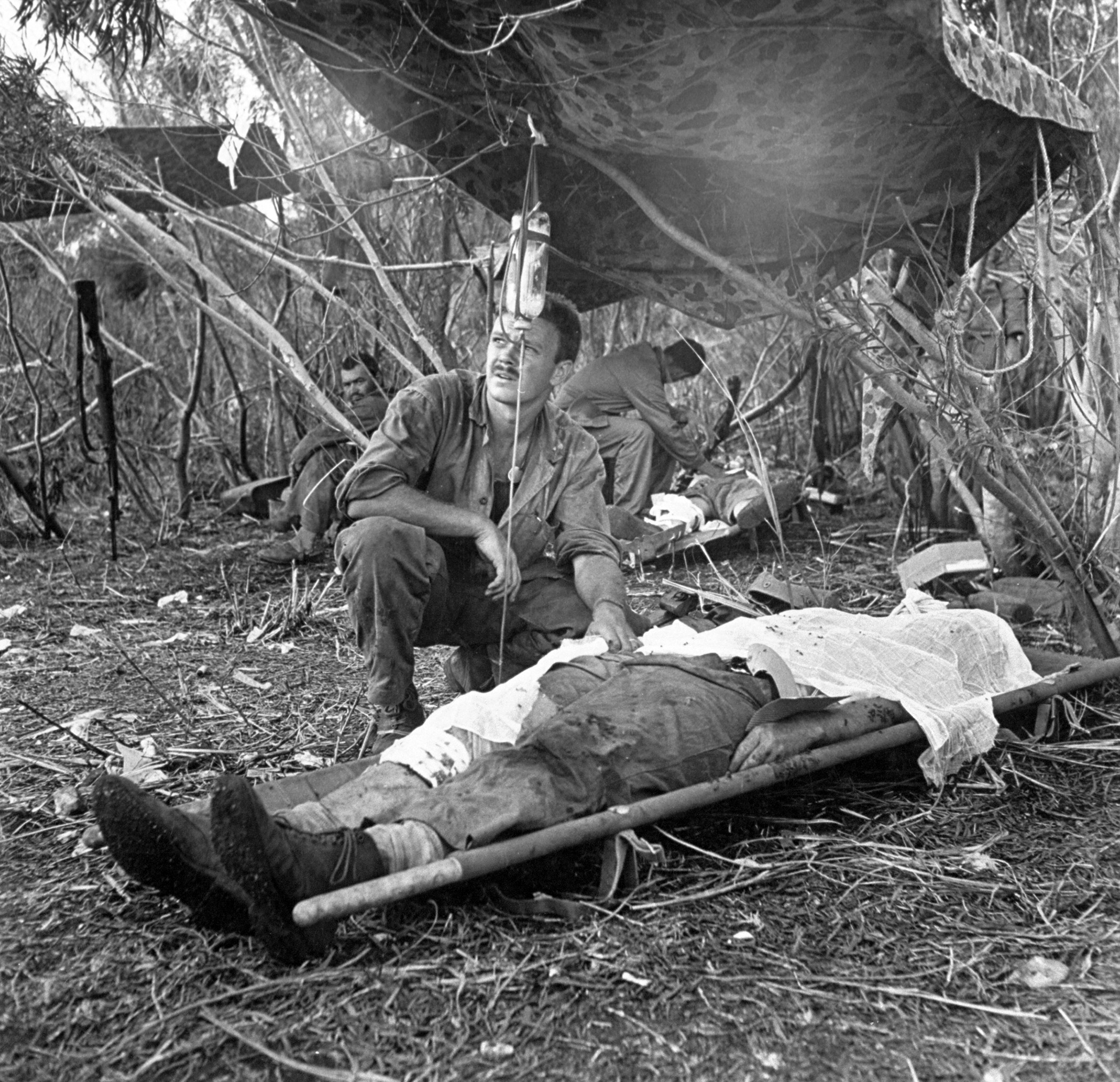

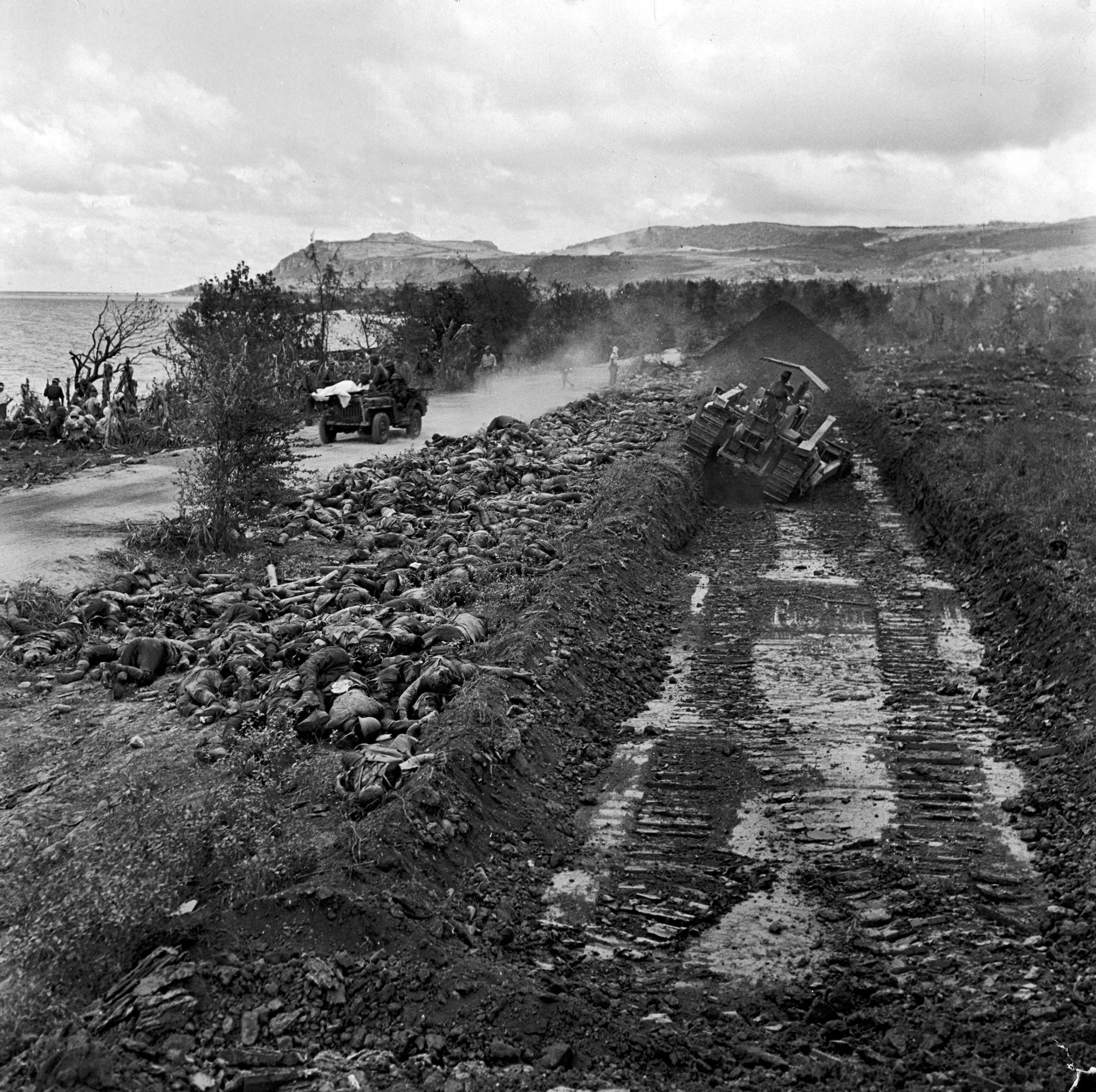
More Must-Reads from TIME
- Cybersecurity Experts Are Sounding the Alarm on DOGE
- Meet the 2025 Women of the Year
- The Harsh Truth About Disability Inclusion
- Why Do More Young Adults Have Cancer?
- Colman Domingo Leads With Radical Love
- How to Get Better at Doing Things Alone
- Michelle Zauner Stares Down the Darkness
Write to Lily Rothman at lily.rothman@time.com